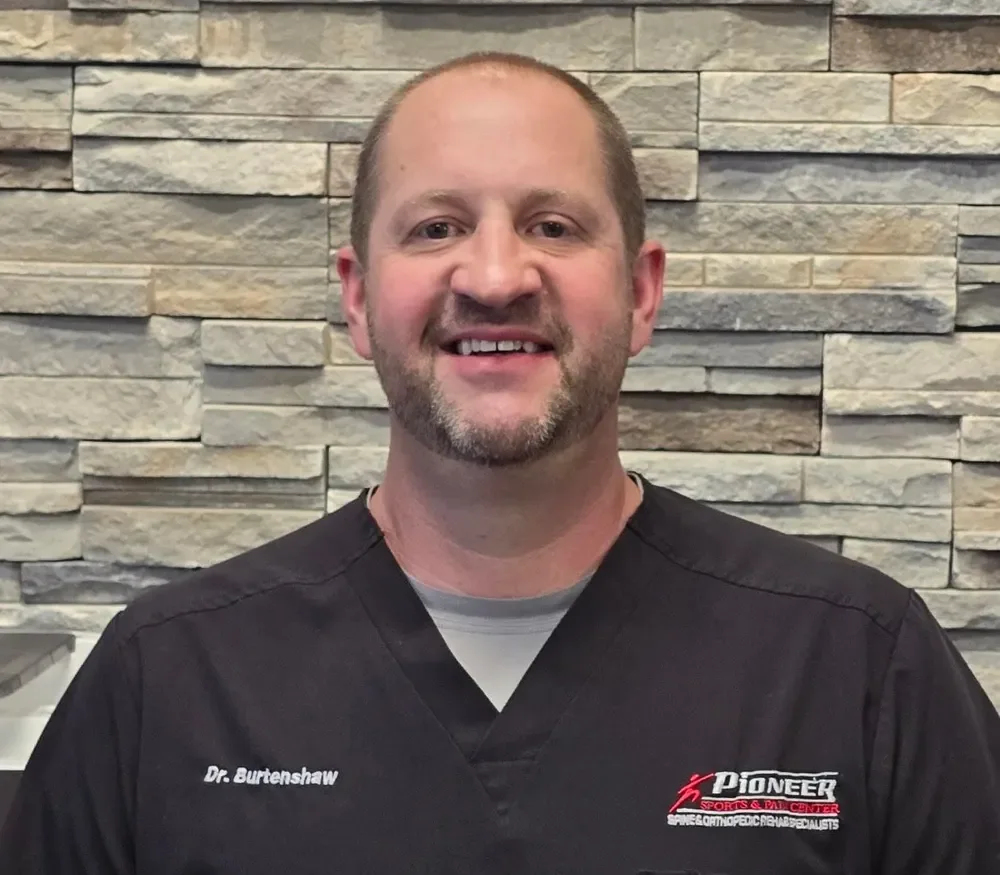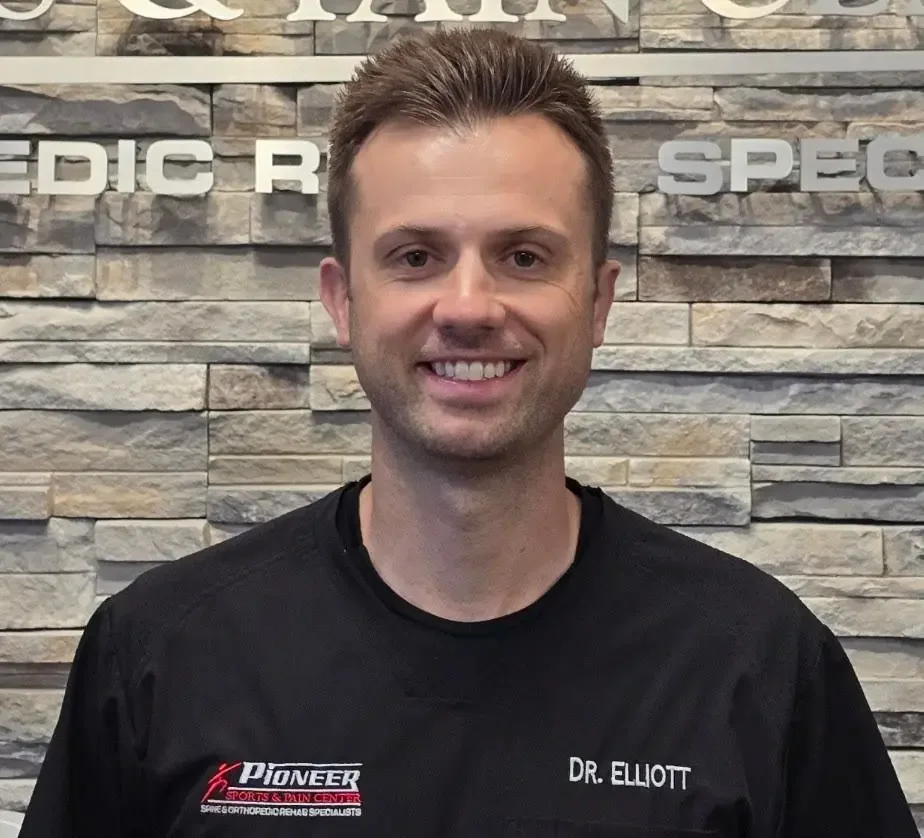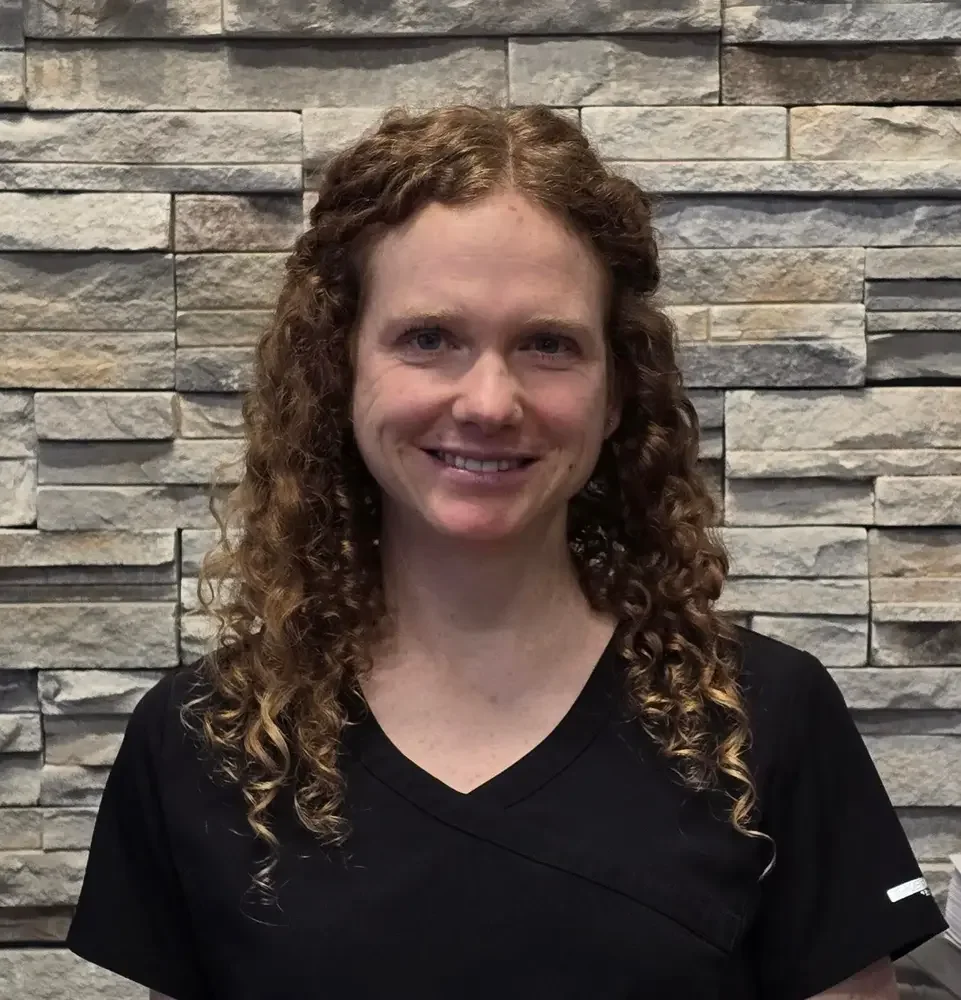Orthopedic Bracing for Back, Knee, Ankle, and Wrist in Kuna, ID
Targeted Support for Injury Recovery and Chronic Joint Conditions
At Pioneer Sports & Pain Center in Kuna, we understand that restoring proper joint mechanics often requires external support—especially when you’re dealing with acute injuries, chronic instability, or post-surgical recovery. That’s why we offer custom-fit orthopedic bracing for the back, knees, ankles, and wrists, helping patients regain motion and function safely while healing.
Our bracing solutions are tailored to your specific condition, body mechanics, and lifestyle needs. Whether you need to offload a painful joint, stabilize a sprain, or correct movement dysfunction, we’ll ensure your brace enhances—not hinders—your recovery.
What Is Orthopedic Bracing?
Orthopedic braces are external medical devices worn on a specific body region to provide:
- Joint stability
- Structural support
- Motion restriction or guidance
- Pain relief through offloading
- Protection during activity or rehab
- Assistance during weakened or healing phases
Bracing is used in both acute injury management and chronic orthopedic care, and often serves as a bridge between immobility and full function.
Why Use Bracing?
Properly selected and fitted braces can:
- Reduce pain and inflammation by limiting harmful movements
- Prevent further tissue damage during early healing phases
- Support weakened muscles, ligaments, or tendons
- Improve alignment and posture
- Enhance proprioception and joint awareness
- Allow for safe mobility and faster return to activity
Braces are particularly helpful in the early stages of recovery or when pain and instability prevent full motion or loading.
Conditions That May Require Bracing
We use orthopedic bracing for a variety of musculoskeletal diagnoses, including:
- Knee:
- ACL/MCL/LCL injuries
- Patellofemoral syndrome
- Knee osteoarthritis
- Post-surgical protection
- Meniscal tears
- Back:
- Lumbar disc herniation or bulges
- Facet joint irritation
- Postural instability
- Degenerative disc disease
- SI joint dysfunction
- Ankle:
- Lateral or medial ankle sprains
- Chronic ankle instability
- Achilles tendon irritation
- Peroneal tendon injuries
- Prevention in sports activities
- Wrist:
- Carpal tunnel syndrome
- Tendonitis (De Quervain’s, flexor/extensor)
- Wrist instability or sprains
- Post-fracture or post-surgical protection
Our providers tailor the choice of brace based on your activity level, recovery timeline, and diagnosis.
Our Bracing Services Include:
-
Evaluation and Prescription
We assess your injury, joint mechanics, muscle control, and movement limitations to determine the most effective type of brace. Bracing is prescribed when it complements—not replaces—your active rehab or treatment plan.
-
Custom Fitting and Sizing
We provide on-site fitting for many standard braces and can also coordinate custom-fabricated braces through trusted medical suppliers when needed.
-
Instruction and Education
You’ll be shown how to properly wear, clean, and maintain your brace, and we’ll review guidelines for duration of use, activity modification, and weaning protocols.
-
Ongoing Support
As your condition improves, we’ll reassess whether the brace is still needed, make adjustments, or transition you toward independence.
Types of Braces We Offer
Knee Braces
- Offloading braces for arthritis
- Hinged braces for ligament stabilization
- Compression sleeves for mild tendon issues
- Post-op braces with range-of-motion control
Back Braces
- Lumbar corsets for support and posture
- Rigid or semi-rigid orthoses for injury recovery
- SI joint belts for pelvic instability
Ankle Braces
- Lace-up or stirrup braces for sprains and instability
- Compression sleeves with figure-eight straps
- Stirrup braces for return-to-play protection
Wrist Braces
- Splints for carpal tunnel or tendonitis
- Wraps for mild instability or fatigue
- Cock-up braces for immobilization
Are Braces Covered by Insurance?
Many braces are considered durable medical equipment (DME) and are covered by most insurance plans with a provider’s prescription. We’ll assist with verifying benefits and filing documentation as needed.
For patients without coverage, we offer affordable self-pay options and flexible ordering through our supplier network.
Frequently Asked Questions (FAQ)
Do I need to wear the brace all day?
It depends on your condition and the purpose of the brace. Some braces are used only during activity or at work, while others are needed during early healing or post-surgery. We’ll provide personalized guidance.
Can bracing weaken muscles?
Overuse of braces can potentially lead to deconditioning. However, when used strategically and temporarily, braces support healing and allow pain-free motion. Our goal is always to transition you to full, independent function through rehab.
Is it safe to exercise while wearing a brace?
Yes—many braces are specifically designed to allow functional movement during workouts or therapy. In some cases, bracing can enable patients to begin activity sooner and more safely.
Can I use a store-bought brace instead?
Store-bought braces may help mild conditions but lack the precise support and durability of medical-grade options. If you need advanced stabilization or
post-surgical protection, we recommend a provider-prescribed device.
How long does a brace last?
With proper care, most orthopedic braces last 6–12 months or longer, depending on usage frequency. Some high-demand braces may wear faster and require replacement.
Get Expert Bracing in Kuna, ID – Feel Stronger, Move Smarter
If you're dealing with joint pain, instability, or injury, bracing may be the key to safer, faster recovery. At Pioneer Sports & Pain Center, we offer evidence-based bracing solutions that support your goals—whether you're trying to walk pain-free, return to sport, or avoid surgery.













